The serve in tennis has huge importance in deciding the fate of a game. A good server always has an extra edge over an average server. Actually, at the time of service, you have total control of the game in your hand. And at the tied situation of 40-40, its importance is immense. A couple of good serves can easily wrap the game against your name.
What is a Serve in Tennis?
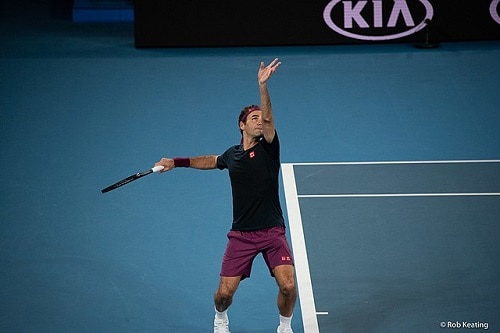
A point in a game starts with a serve. To execute a serve correctly, you have to hit the ball standing behind the baseline so that the first bounce of the ball must be within the diagonally opposite service court.
What is a First Serve in Tennis?
In tennis, a point of every game starts with a first serve. If the first serve goes wrong (Service fault) for any reason which may be a foot fault (Foot touches the baseline), or the ball fails to bounce within the appropriate service area, you have a chance to serve one more, which we call “second serve”. But for any reason, the second serve has to be right, otherwise, the opponent will win that point.
If the ball clips the net and lands within the right area, there is a situation of “let”. Then the server has to reserve it on every occasion, the first or second, whichever it may be.
Types of Serves in Tennis
In respect of different contact points between a ball and a racket, there are 3 types of serves in tennis.
- Flat Serve
- Slice Serve
- Kick Serve
Flat Serve in Tennis
As the name suggests, a flat serve is hit with maximum power and minimum/ no spin. Due to no application of spin, the path of flat serve is straight. The key to good flat service is power and placement.
Key Points
- Grip: Continental
- Spin: Minimum
- Speed: Maximum
- Bounce: Low
- Consistency: Low
- Suitable for: First Serve
Advantages
- Due to high speed, there is less reaction time for a receiver. A properly placed high-speed flat serve may either surprise your opponent with an “ace” or end with a weaker return.
- The low bounce of a flat service makes it difficult for a receiver to position himself at the time of return.
Disadvantages
- As there is no use of spin in a flat serve, it is tough for shorter players to hit the ball at the highest point.
- Due to a low margin of errors, it is risky to hit a flat service in a tense situation.
- A flat serve returned properly may catch you off guard (Less reaction time for you also).
Slice Serve in Tennis
A slice serve takes the advantage of sidespin by brushing at the outer side of a tennis ball. In slice serve, the ball moves right to left (for a right-handed server), and after bounce continues to move towards the left.
Key Points
- Grip: Continental
- Spin: Sidespin
- Speed: Slow
- Bounce: Low
- Consistency: Low
- Suitable for: First Serve
Advantages
- As there is a sidewise movement from right to left (for a right-hander), a properly delivered slice service near the outer corner of the service box, pushes your opponent further away. This creates a nice opportunity to finish off the point by utilizing the wide area available.
- You can also target the body of your opponent by pitching the ball near the center service line making it harder to return for him.
- The low bounce of the slice demands more effort from a receiver.
Disadvantages
- As the margin of error is low for a slice serve, it is not as effective as a second serve.
- A receiver can easily predict a slice serve by following the serving action.
Kick Serve in Tennis
The kick serve is the most effective serve in tennis. Actually, it is a heavy topspin serve where you have to brush from 7 o’clock to 1 o’clock and the brushing action will be from low to high. When executed properly, the topspin will create an arc to direct the ball well above the net, and after hitting the surface, the ball skids and bounces high.
Key Points
- Grip: Continental
- Spin: Topspin
- Speed: Slow
- Control: High
- Bounce: High
- Consistency: High
- Suitable for: First Serve/ Second Serve
Advantages
- Due to the topspin, the ball passes well above the net and dips inside the service box. For this, there is always a higher margin of error for kick serve.
- In kick serve, you will have high control which is always preferable for a second serve.
- The high bounce of the kick serve makes it harder to give a good return.
Disadvantages
- The kick serve is not as fast as the flat serve. So your opponent will get more time to react.
- This service is not easy to execute.
Intuitive Tennis has a nice video on the Flat, Slice & Kick Tennis serve Lesson.
Conclusion
As a server, you should have a wide variety of serves and always make your opponent keep guessing. Use your serves strategically depending upon the condition and strength/ weakness of your opponent.
I have tried to give an idea regarding different types of services. If you have any questions, please feel free to comment by entering the box below.

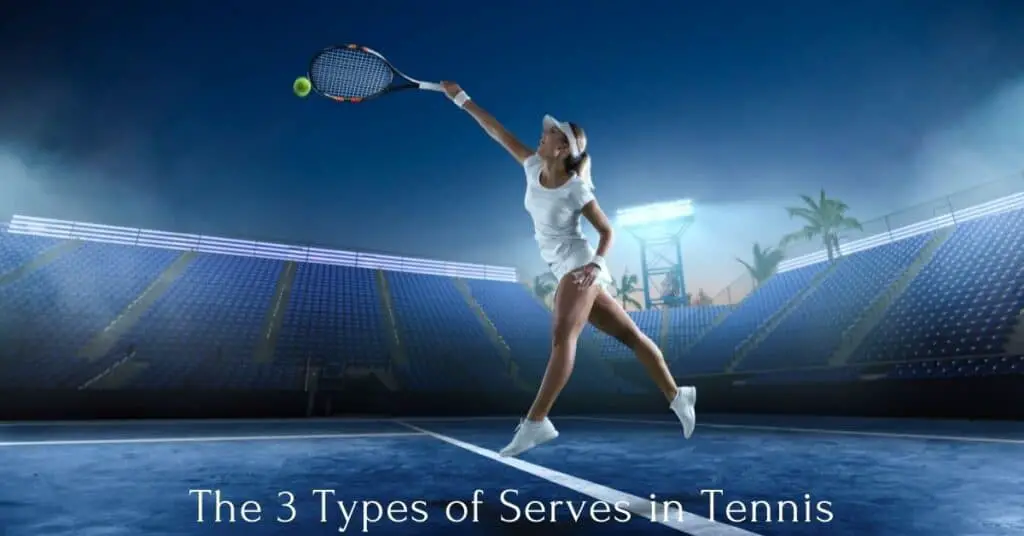
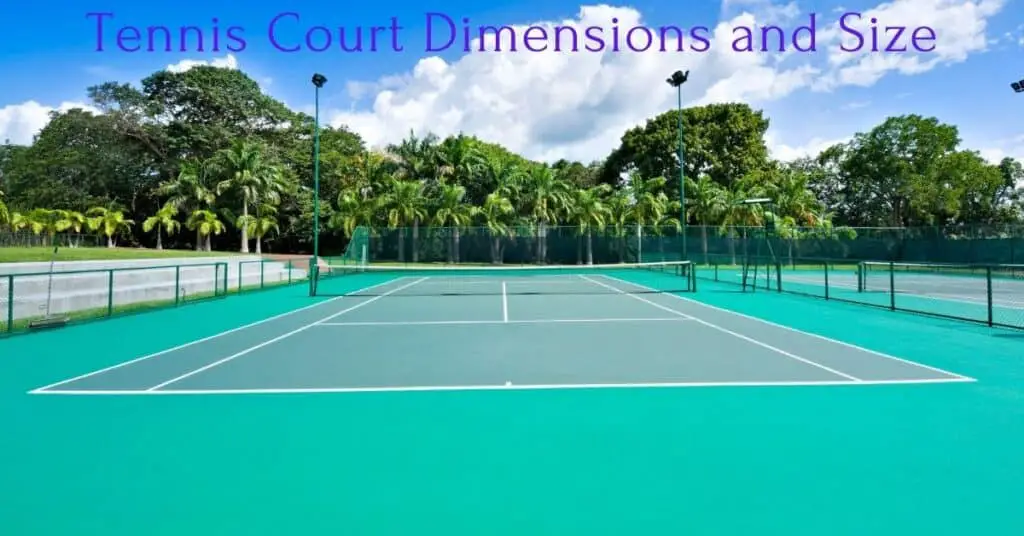
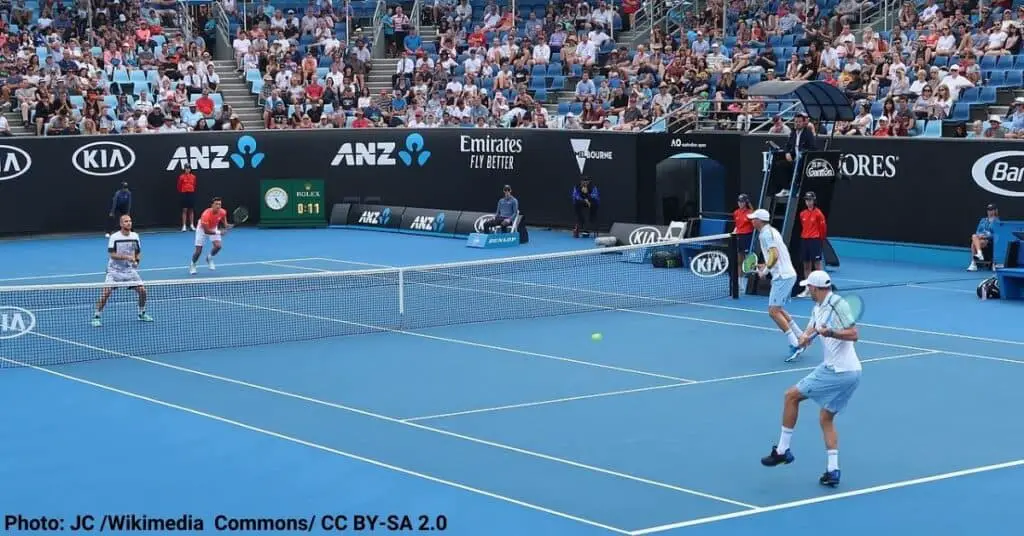
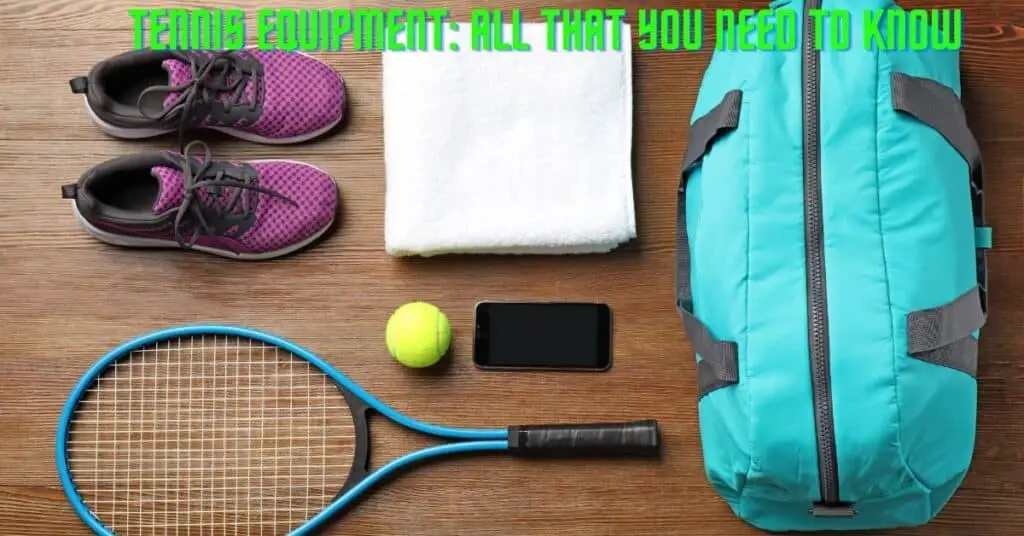
Great to see unique serves . thanks
You’re welcome.